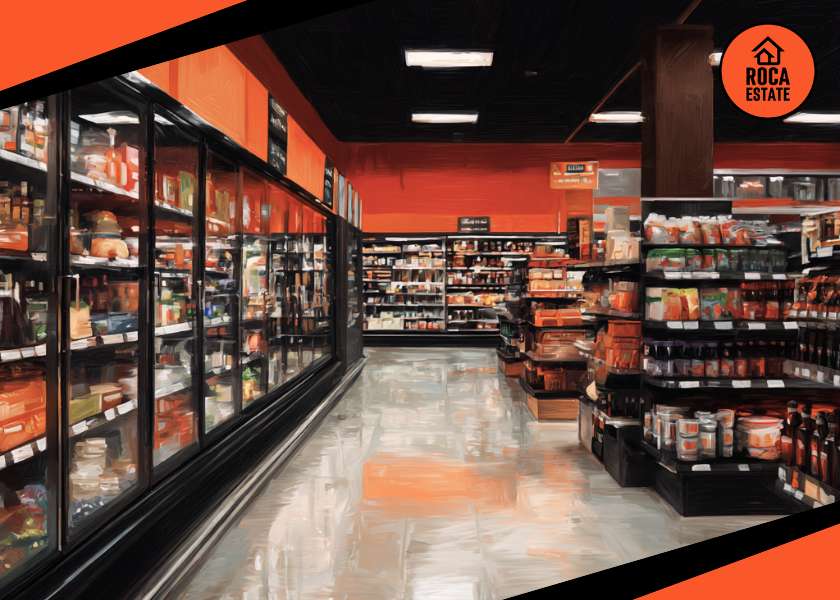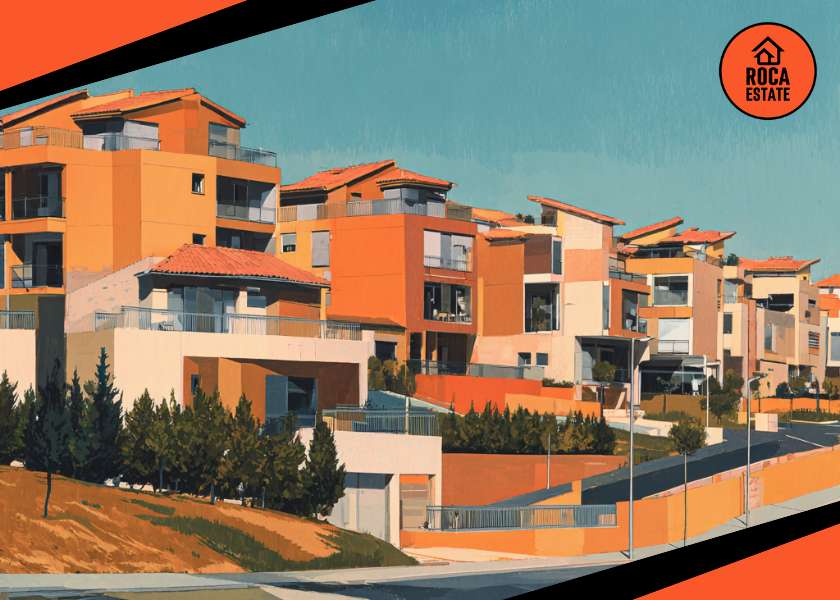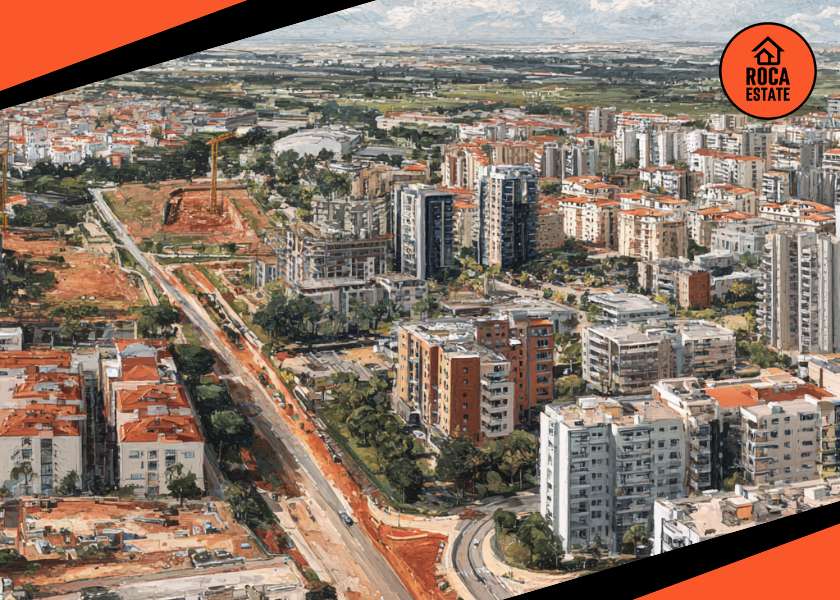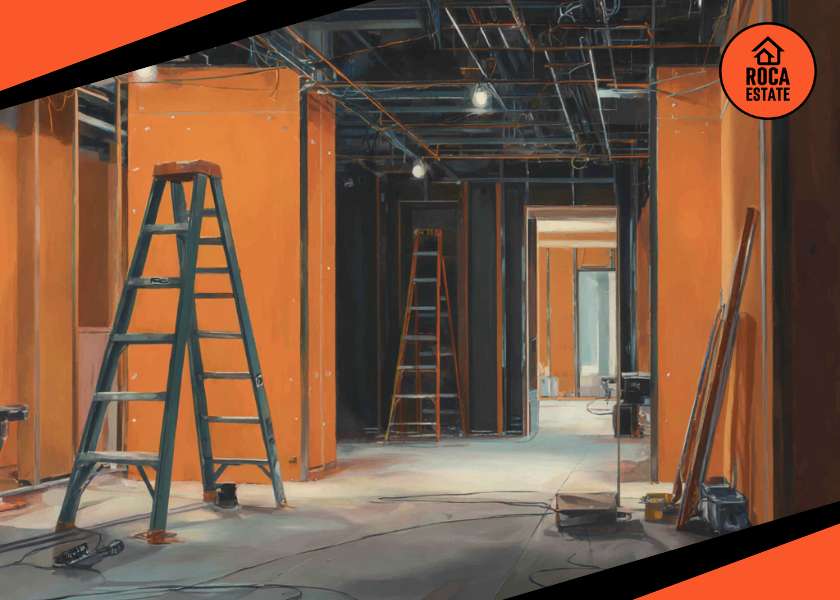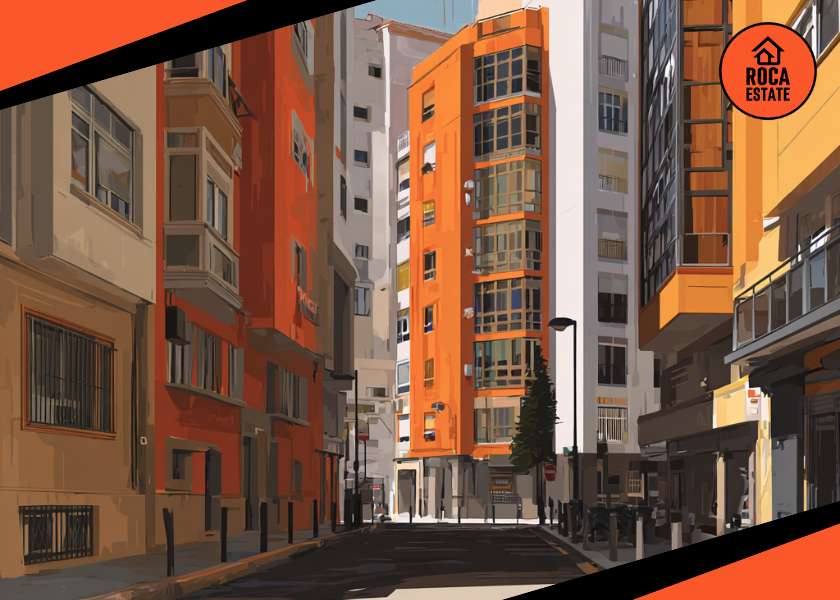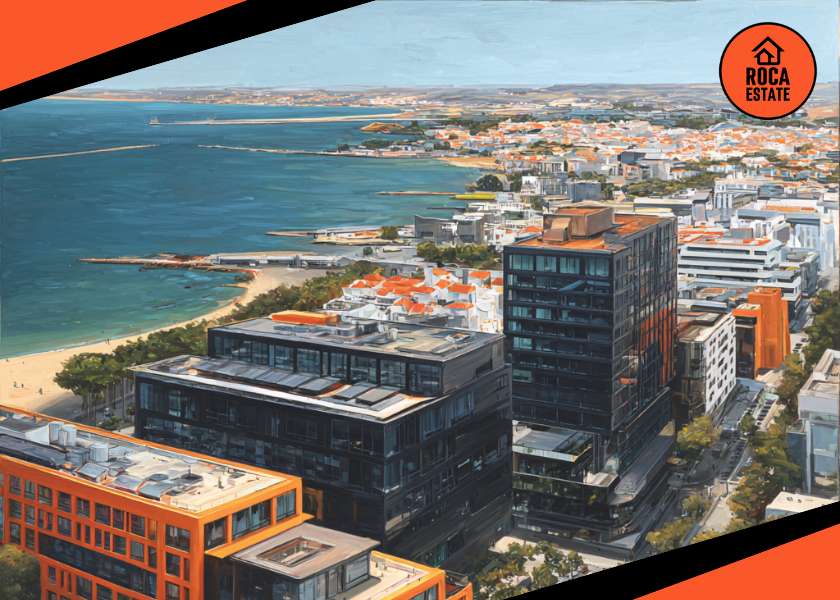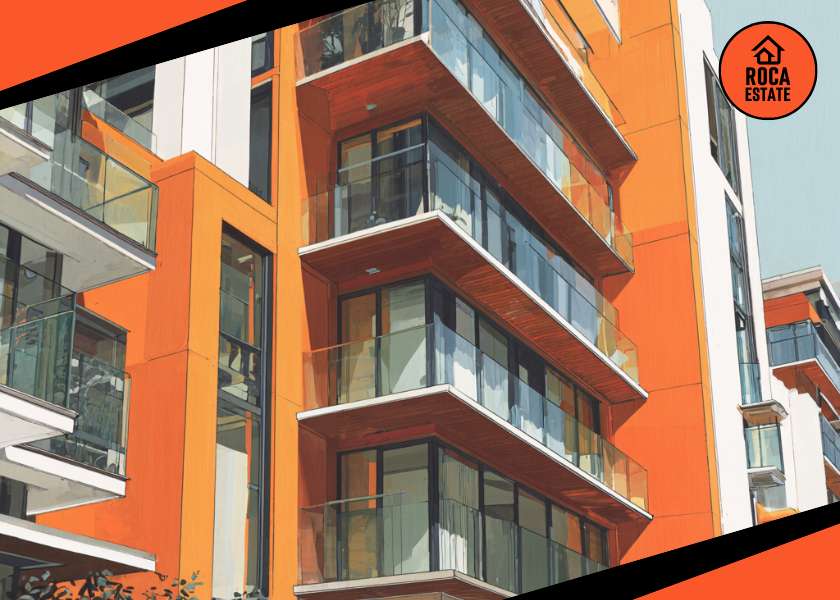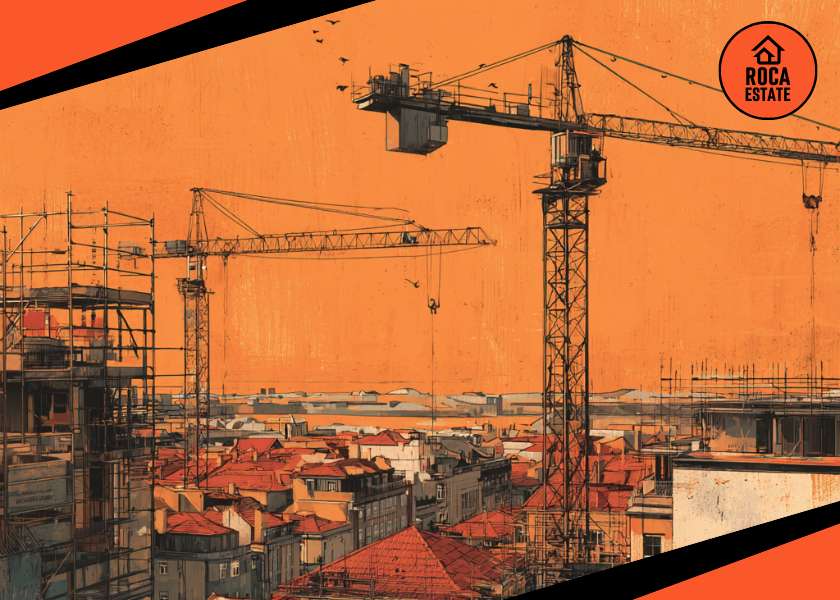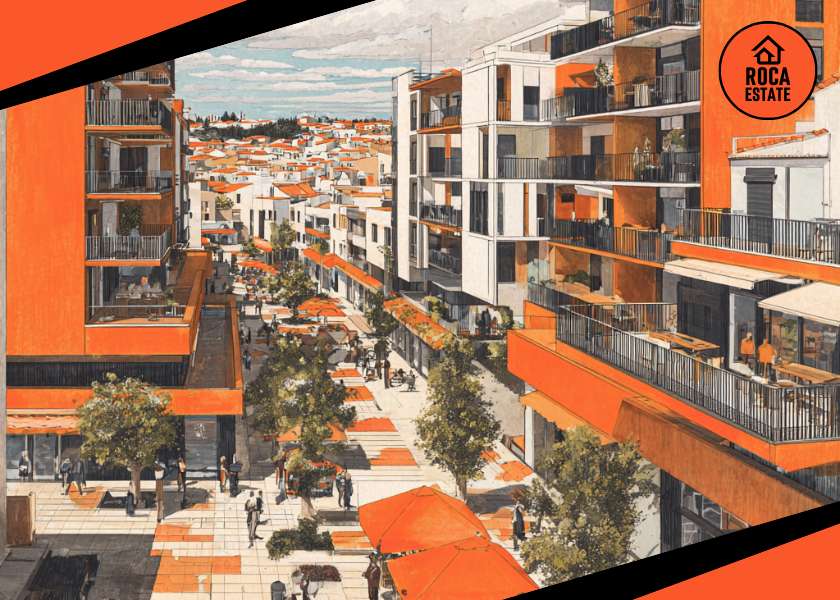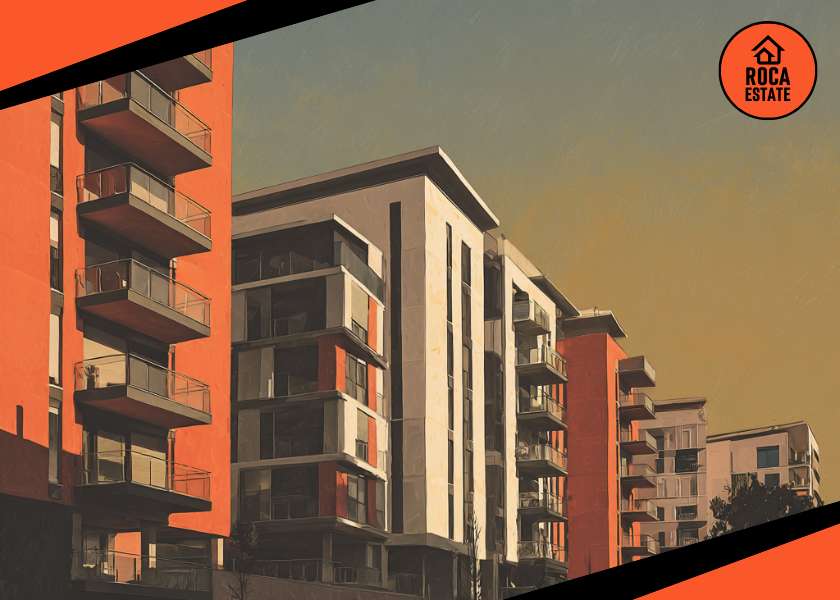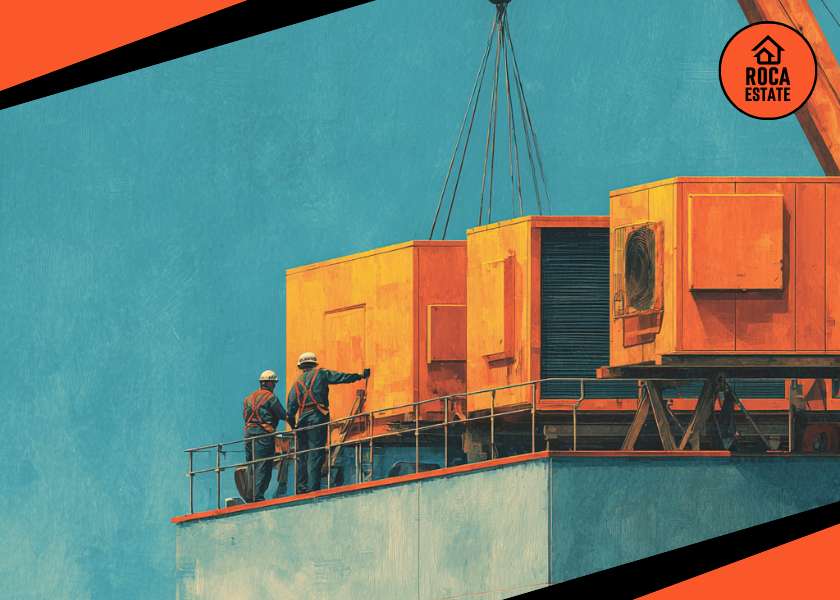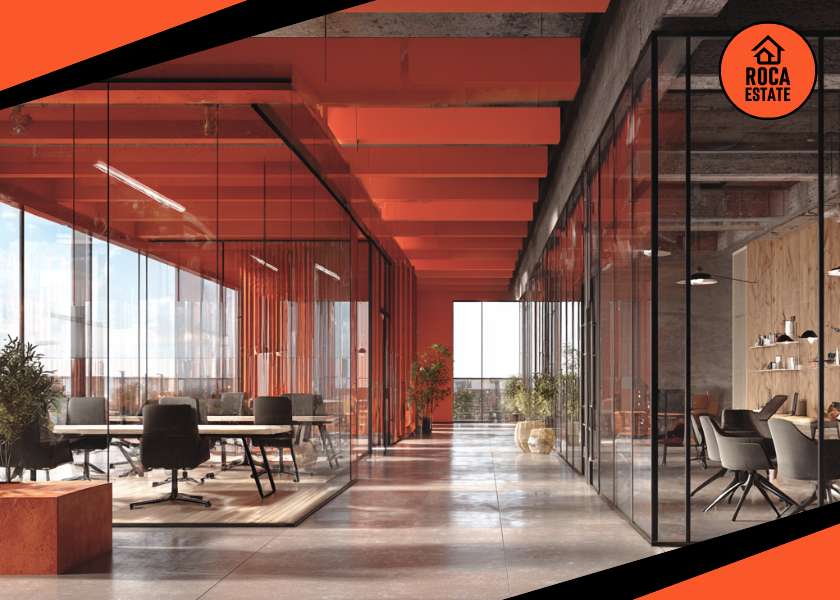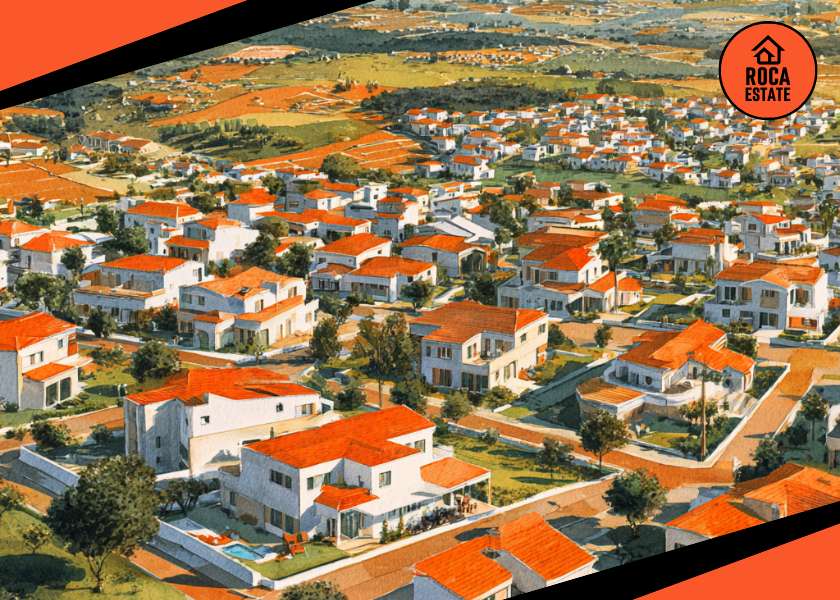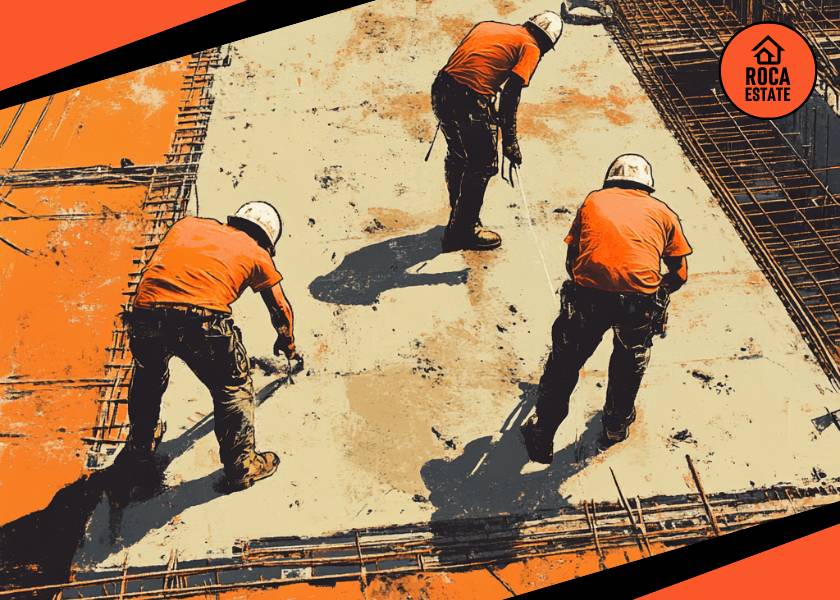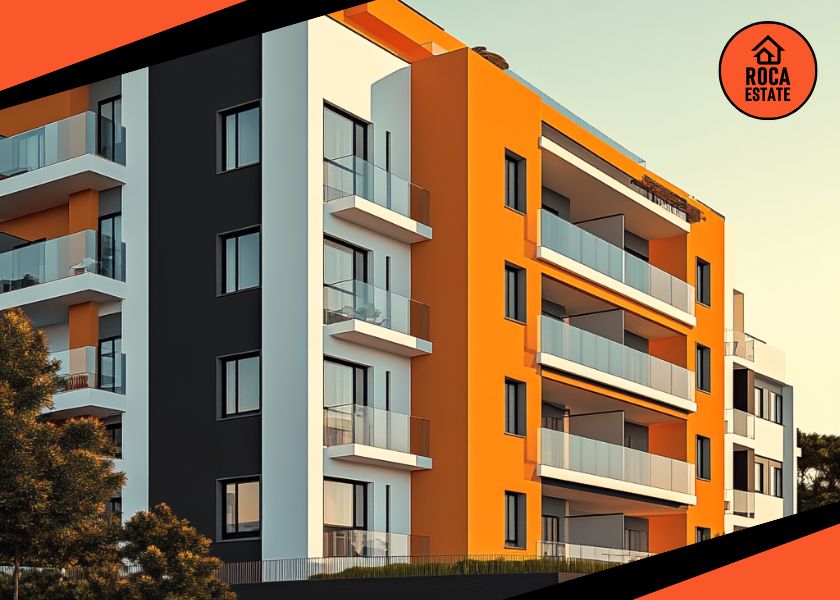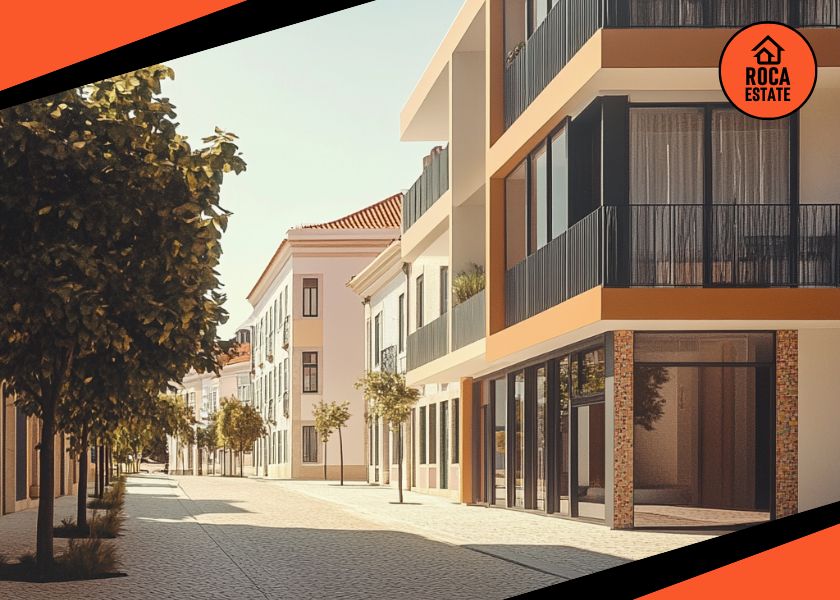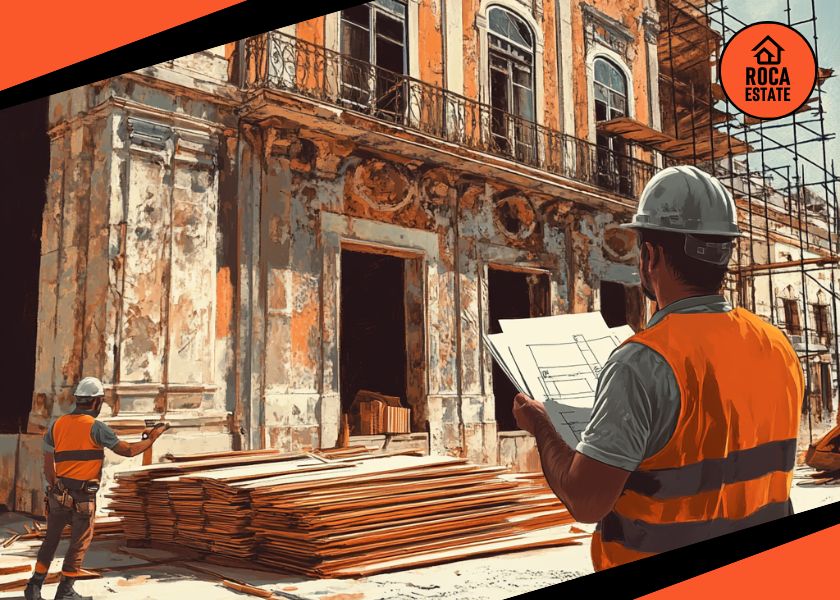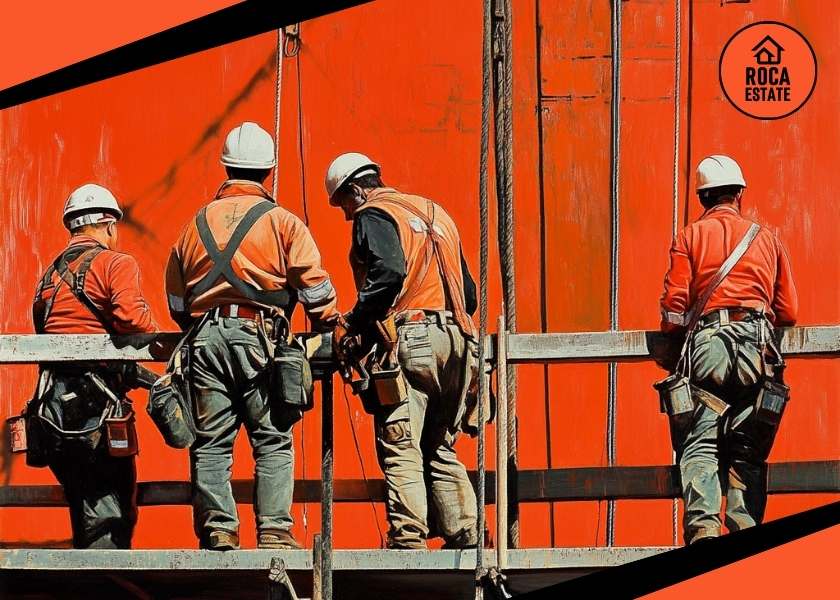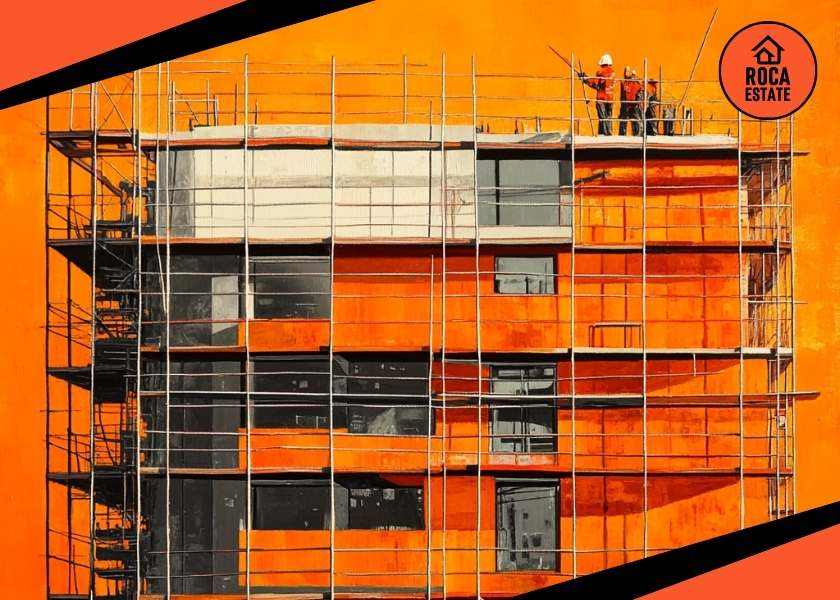As we evaluate the latest Construction Cost Index for New Housing in Portugal for March 2024, it is essential to consider its implications for the real estate market. The report from Statistics Portugal highlights a 2.1% year-on-year increase in the construction costs for new residential buildings. This rise is primarily driven by a substantial 6.7% increase in labor costs, while the cost of materials has decreased by 1.3%.
This divergence indicates that while the expense of materials is stabilizing or even slightly declining, the cost of labor continues to climb. For real estate investors, this trend suggests a few critical insights:
- Labor Costs: The significant rise in labor costs reflects ongoing pressures in the labor market, potentially due to a shortage of skilled workers or higher wage demands. Investors should be prepared for higher expenses related to labor-intensive construction activities.
- Material Costs: The decrease in material costs may signal a favorable environment for purchasing and stockpiling materials, as their prices are relatively lower. This could be advantageous for projects with flexible timelines that can optimize material procurement based on cost trends.
- Overall Construction Costs: With an overall moderate increase in construction costs, developers and investors should factor these incremental expenses into their budgeting and financial planning. However, the stabilization in material costs could offset some of the rising labor expenses, offering a balanced outlook.
- Market Dynamics: The current trend might also imply potential bottlenecks in project timelines due to labor constraints. This scenario could lead to delays or increased project durations, impacting the return on investment (ROI) timelines.
Alternative Perspective
Conversely, if the rising trend in labor costs remains unchecked, it could create substantial obstacles to new developments. Elevated labor expenses might squeeze profit margins, especially in projects where labor makes up a significant portion of the total costs. Furthermore, if the demand for skilled labor surpasses supply, we could witness further wage inflation, intensifying cost pressures on developers.
For investors, these dynamics highlight the critical need to closely monitor labor market trends and consider their potential impact on project costs and timelines. Forming strategic partnerships with reliable contractors, securing early procurement of materials, and maintaining robust contingency plans for labor costs will be crucial strategies to manage the shifting landscape of construction expenses in the Portuguese real estate market.
In conclusion, while declining material costs offer some relief, the ongoing rise in labor expenses calls for meticulous financial planning and strategic foresight for those investing in the Portuguese property market.
Construction Cost Index for New Residential Dwellings
For investors tracking housing construction trends, understanding the full context of costs, regulations, and processes is key. Visit our FAQ section to get answers to common questions about how we manage investment real estate in Portugal and evaluate risk in today’s shifting real estate market in Portugal.


